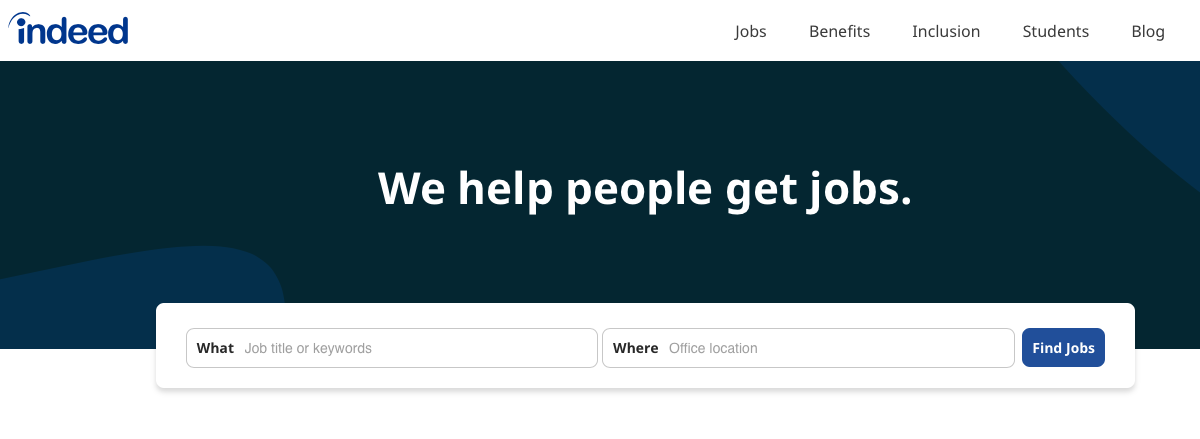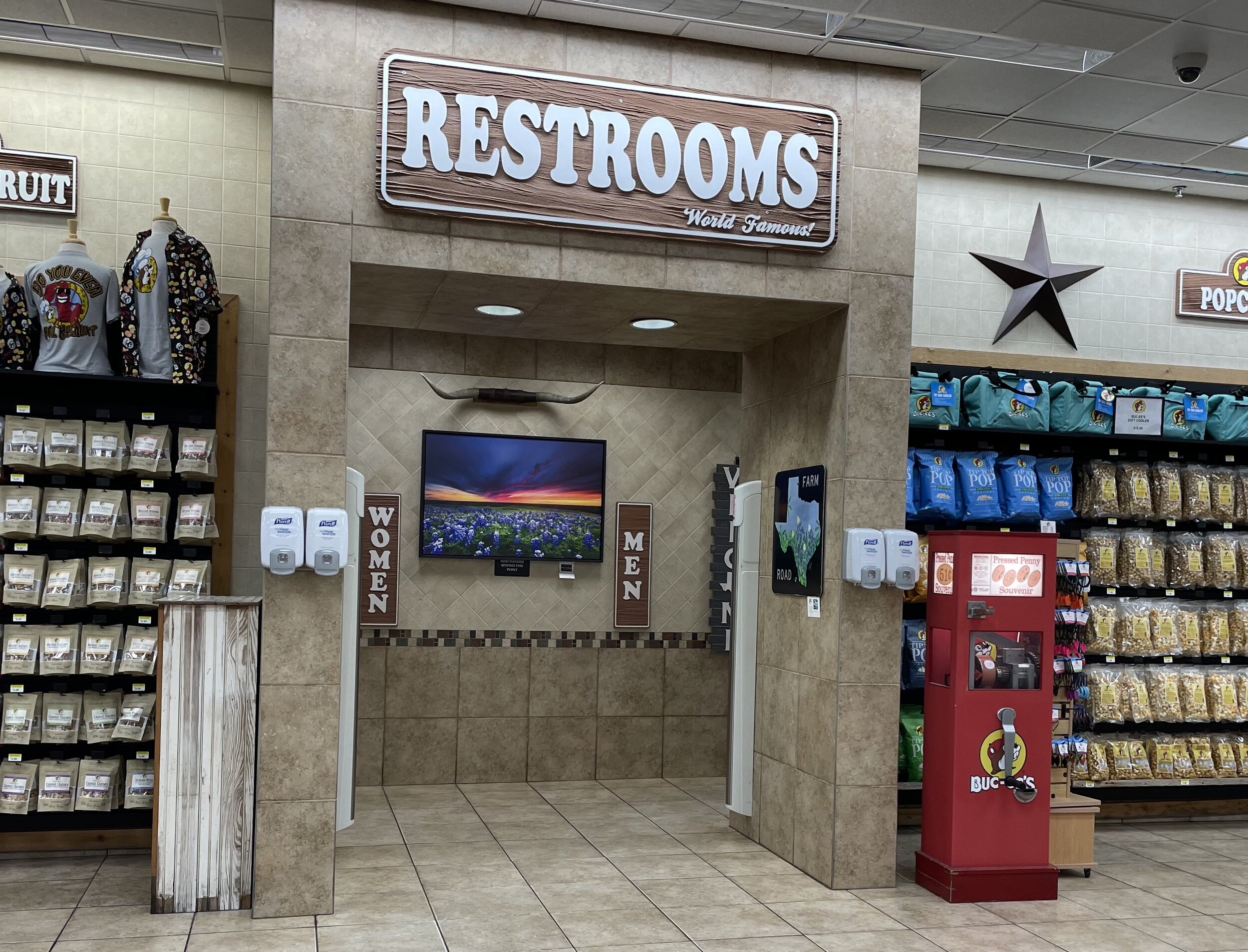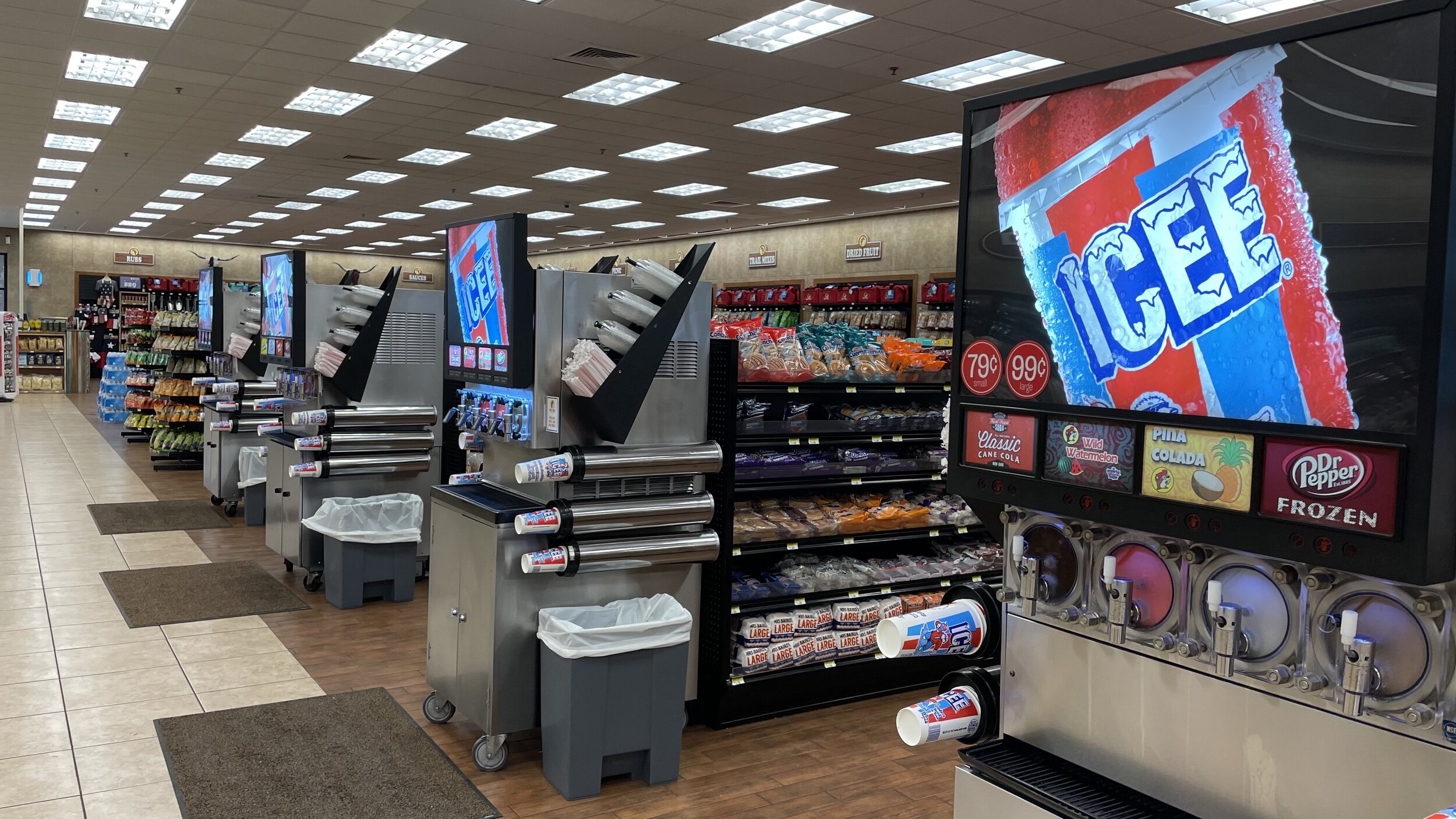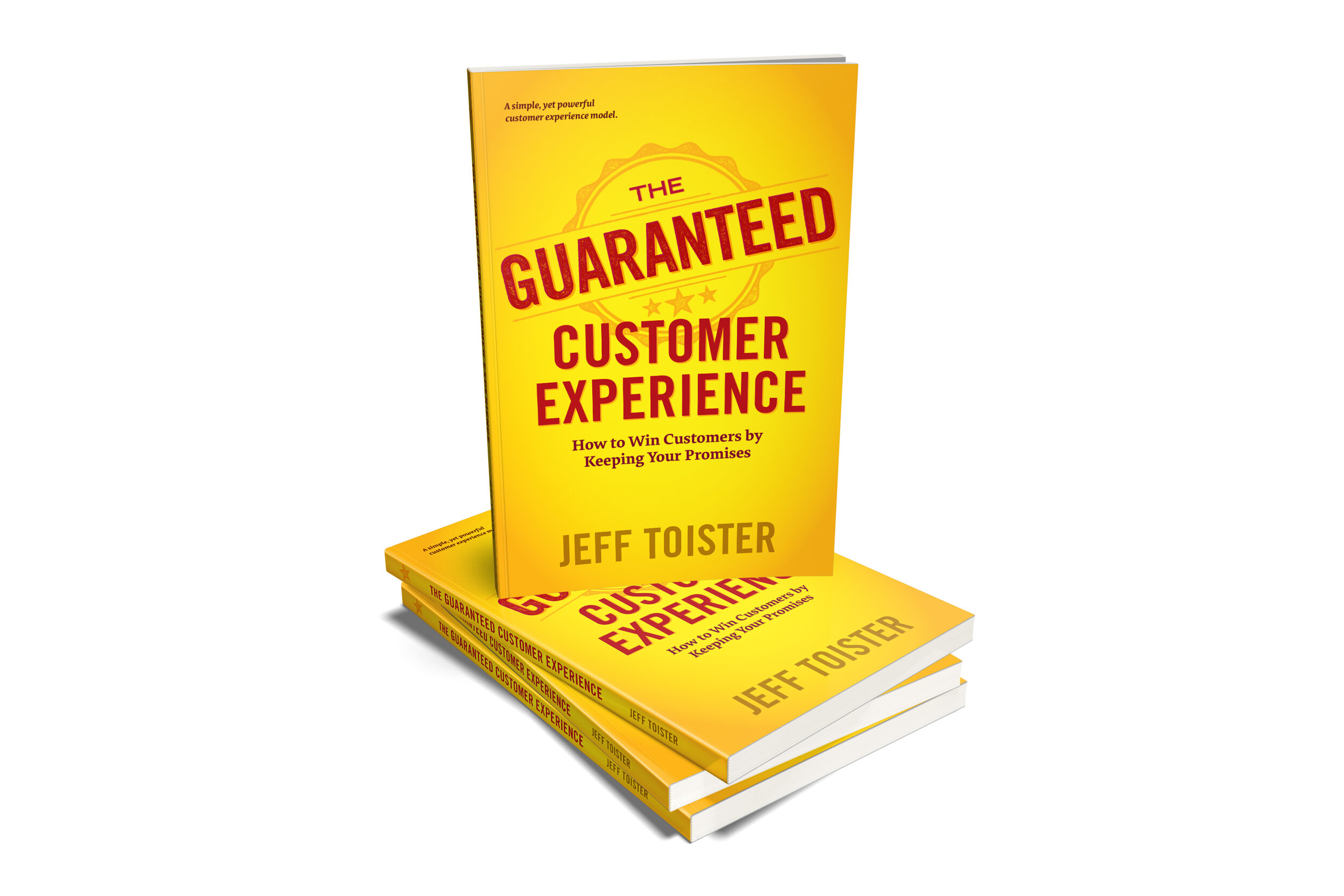The job search site, Indeed, ran baseball-themed commercials during the recent World Series broadcast. In this one featuring Los Angeles Dodgers pitcher, Max Scherzer, Scherzer uses baseball analogies to coach an applicant looking for a sales management position.
What's struck me about these commercials is the strength of Indeed's brand promise: "We help people get jobs."
This simplicity and focus has helped Indeed become the #1 job site in terms of total site visits and rank at the top of many "best of" lists, such as this one from The Balance Careers.
A great brand promise is a core element from my book, The Guaranteed Customer Customer Experience. For many businesses, it can be an essential part of a strategy to win and retain customers.
Here's a look at how Indeed does it so well. Let's start by looking at the connection between a brand promise and customer experience.
How brand promises influence customer experience
A brand promise influences customer experience in two ways. First, it tells the brand’s ideal customers what type of experience to expect, and assures them that this brand is the solution to a problem they’re trying to solve. Second, it gets all employees on the same page when it comes to crafting a consistent experience.
In the case of Indeed, the ideal customer is looking for a job. "We help people get jobs" could not address that need more clearly. An informal poll on LinkedIn showed that's exactly how many people view Indeed.
"I've found pretty much all my past jobs through Indeed," wrote James. "I personally like the simplicity of the website."
Devon added, "Indeed has been an excellent way to research what jobs are out there."
A great brand promise also provides clarity on how the company should operate. It focuses all of its employees on the type of experience it must deliver.
The brand promise influences advertising, such as this commercial showing hall of fame pitcher, Mariano Rivera, helping someone search for a senior accountant job.
You can also see it on the Indeed website. The home page is hyper-focused on people searching for a job.
Katie Molloy, President of the career consulting firm, Leo & Loy, is a big fan.
"I love Indeed for so many reasons," wrote Molloy. It has many standout features, including the ability to easily refine job searches and set alerts for certain types of jobs. Molloy says these features makes it easier for her clients who are searching for jobs. "Basically it does the work every night while you’re sleeping and you wake up to a new list of jobs you can apply to."
What makes a great brand promise?
The best brand promises have three characteristics that enable them to help attract customers and provide clarity for employees.
#1: Specific
A great brand promise should focus on something specific, so customers clearly understand what the brand stands for.
The Indeed brand promise is very specific. "We help people get jobs" tells you exactly you can expect from Indeed. Yes, it's very broad in the sense that there are a number of ways Indeed can deliver on this promise, but you aren't confused about what Indeed does.
#2 Valuable
A great brand promise should offer something of value to the company's ideal customer.
You can understand what your customer finds valuable by listening to their "I need to" statements. Customers often use the words "I need to" when they are searching for a particular product or solution.
"I need to wash my car."
"I need to get a healthy meal on my lunch break."
"I need to store my Halloween decorations until next year."
All of these statements bring to mind specific products or services that would satisfy a particular need, whether it's a car wash that offers incredible convenience, a fast food restaurant that offers healthy food, or company that makes storage containers.
Indeed's ideal customer is saying, "I need to find a job." The Indeed brand promise speaks to that need very directly.
#3 Realistic
Great brand promises must also be realistic. A brand has to keep its promise to customers if it wants to earn their trust and loyalty.
My friend Paul is a small business owner. Whenever he needs to hire employees, he goes to Indeed.
Paul explained that he doesn't have a lot of time to search for resumes. He found Indeed to be a simple and effective way to quickly find great candidates. Perhaps too effective, since Paul told me that if he posts a job on Indeed, he'd better be ready to hire someone right away!
Conclusion
A great brand promise should speak to your ideal customers with absolute clarity. This is the power of Indeed's deceptively simple promise, "We help people get jobs."
You can learn more about using a brand promise to attract and retain customers from The Guaranteed Customer Experience. Download the first chapter to read about a chain of convenience stores that outsells the competition by simply promising clean restrooms. You can also get a free toolkit to help you implement your own brand promises.


























